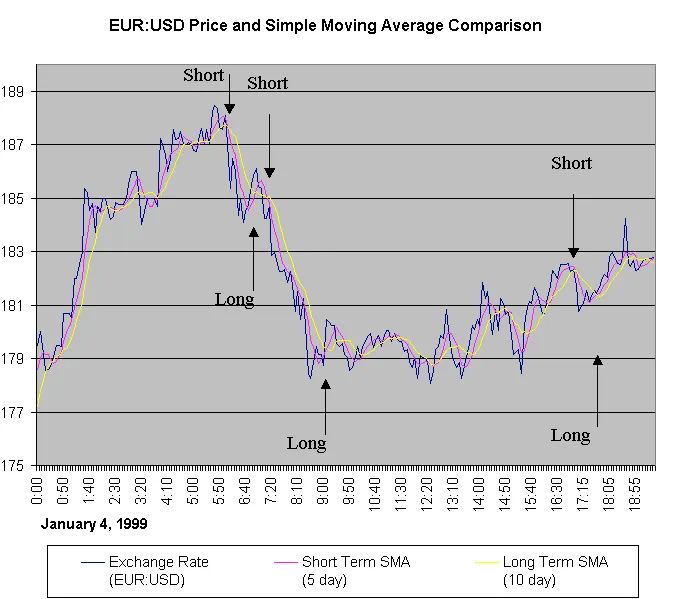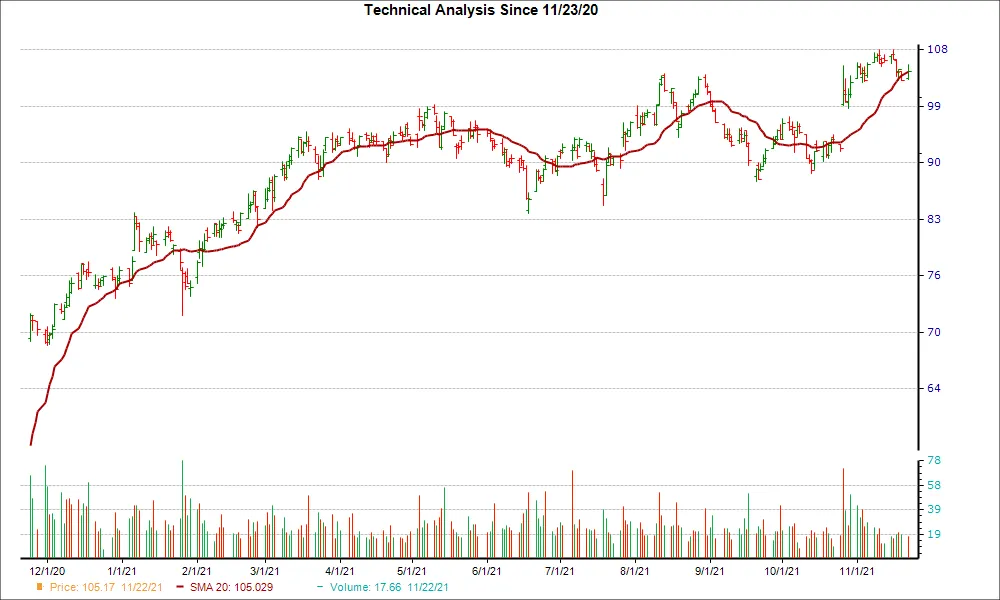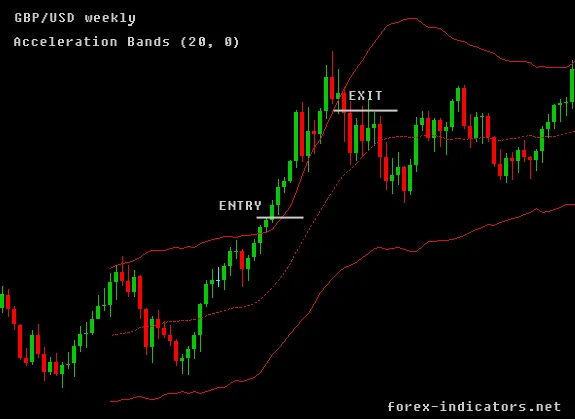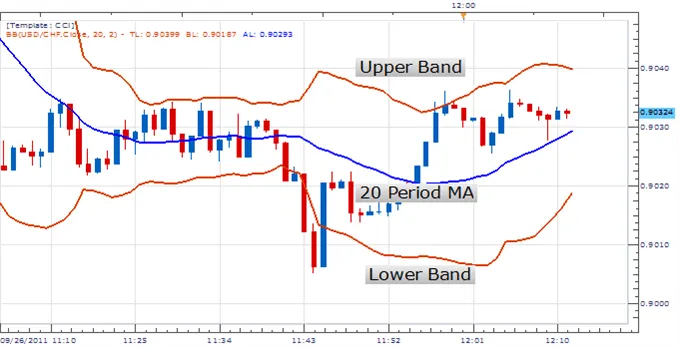What Is Swing Trading?
By Samantha Baltodano
TL;DR:
Swing trading is a style of trading that aims to capture short- to medium-term gains in a stock or any financial instrument over a period of a few days to several weeks. It involves holding a position for more than one trading session, but usually not longer than several weeks or a couple of months.
The goal of swing trading is to capture a chunk of a potential price move by identifying where an asset's price is likely to move next, buying, and then capturing a chunk of the profit if the price moves as expected. Swing trading is different from day trading, where positions are closed before the market closes and only last for a single day.
What Is Swing Trading?
Swing trading is a style of trading that captures short- to medium-term gains in a stock (or any financial instrument) over a period of a few days to several weeks.
Typically, swing trading involves holding a position either long or short for more than one trading session, but usually not longer than several weeks or a couple of months.
The goal of swing trading is to capture a chunk of a potential price move. Swing trading is the process of identifying where an asset's price is likely to move next, buying, and then capturing a chunk of the profit if the price moves as expected.
Successful swing traders are only looking to capture a chunk of the expected price move, and then move on to the next opportunity.
Advantages and Disadvantages of Swing Trading
Many swing traders assess trades on a risk/reward basis. By analyzing the chart of an asset they determine where they will enter, where they will place a stop loss, and then anticipate where they can get out with a profit.
For example: if they are risking $1 per share on a setup that could reasonably produce a $3 gain, that is a favorable risk/reward ratio. On the other hand, risking $1 only to make $0.75 isn't quite as favorable.
Pros:
- It requires less time to trade than day trading.
- It maximizes short-term profit potential by capturing the bulk of market swings.
Cons:
- Trade positions are subject to overnight and weekend market risk.
- Abrupt market reversals can result in substantial losses.
- Swing traders often miss longer-term trends in favor of short-term market moves.
Day Trading vs. Swing Trading
The difference between swing trading and day trading is, usually, the holding time for positions.
Swing trading, often, involves at least an overnight hold, whereas day traders close out positions before the market closes. To generalize, day trading positions are limited to a single day while swing trading involves holding for several days to weeks.
By holding overnight, the swing trader incurs the unpredictability of overnight risk such as gaps up or down against the position. By taking on the overnight risk, swing trades are usually done with a smaller position size compared to day trading (assuming the two traders have similarly sized accounts).
Day traders typically utilize larger position sizes and may use a day trading margin of 25%.
Swing traders also have access to a margin or leverage of 50%.
For example, if the trader is approved for margin trading, they only need to put up $25,000 in capital for a trade with a current value of $50,000.
Swing Trading Tactics
A swing trader tends to look for multi-day chart patterns. Some of the more common patterns involve moving average crossovers, cup-and-handle patterns, head and shoulders patterns, flags, and triangles. Key reversal candlesticks may be used in addition to other indicators to devise a solid trading plan.
Ultimately, each swing trader devises a plan and strategy that gives them an edge over many trades. This involves looking for trade setups that tend to lead to predictable movements in the asset's price. This isn't easy, and no strategy or setup works every time. With a favorable risk/reward, winning every time isn't required. The more favorable the risk/reward of a trading strategy, the fewer times it needs to win in order to produce an overall profit over many trades.
What Are Some Indicators or Tools Used by Swing Traders?
Swing traders will use tools like moving averages overlaid on daily or weekly candlestick charts, momentum indicators, price range tools, and measures of market sentiment. Swing traders are also on the lookout for technical patterns like the head-and-shoulders and cup-and-handle.
Which Types of Securities Are Best-Suited for Swing Trading?
While a swing trader can enjoy success in any number of securities, the best candidates tend to be large-cap stocks, which are among the most actively traded stocks on the major exchanges.
In an active market, these stocks will often swing between broadly defined high and low points, and the swing trader will ride the wave in one direction for a couple of days or weeks and then switch to the opposite side of the trade when the stock reverses direction.
Swing trades are also viable in actively traded commodities and forex markets.
Summary
- Swing trading involves taking trades that last a couple of days up to several months in order to profit from an anticipated price move.
- Swing trading exposes a trader to overnight and weekend risk, where the price could gap and open the following session at a substantially different price.
- Swing traders can take profits utilizing an established risk/reward ratio based on a stop loss and profit target, or they can take profits or losses based on a technical indicator or price action movements.
Swing Trading strategies are just some of many strategies and studies that Archaide automates. For a full list of strategies and studies available click here.
Like what you read? Check out the rest of our content!




